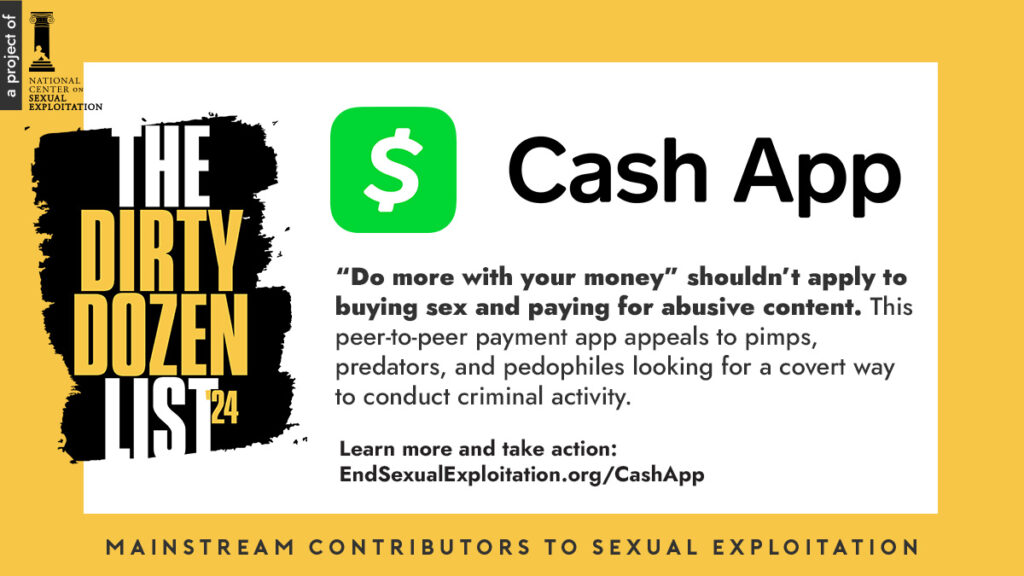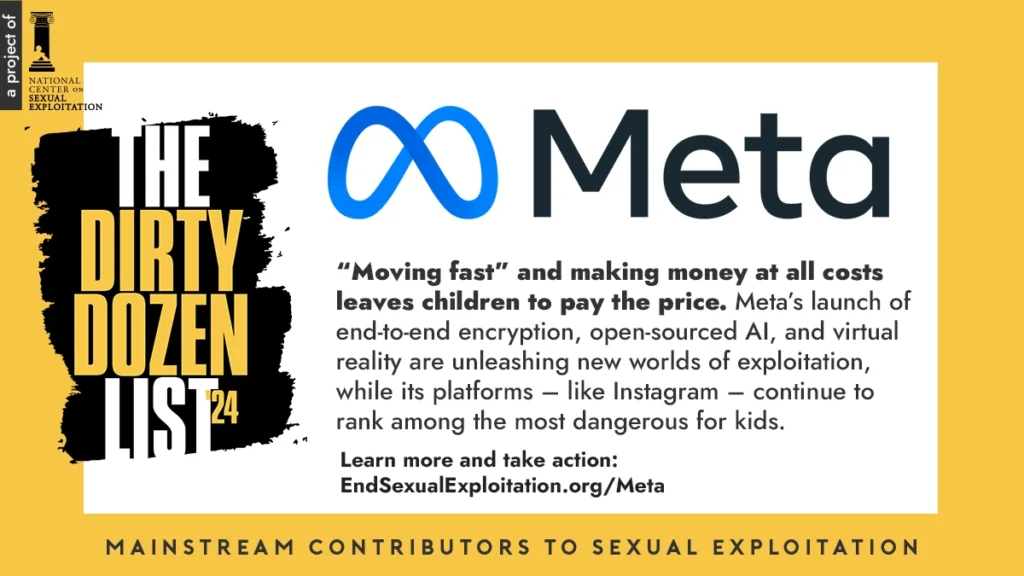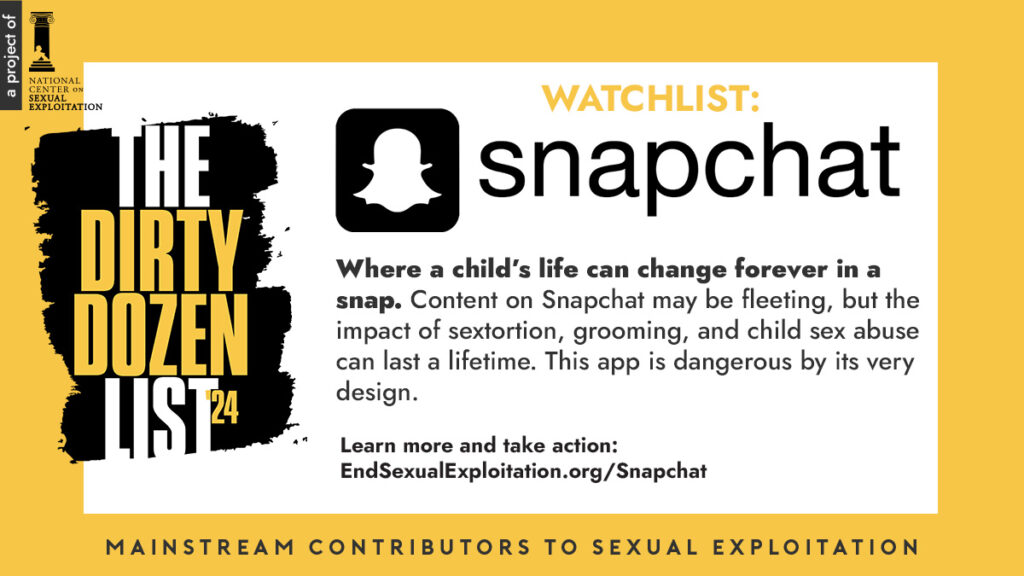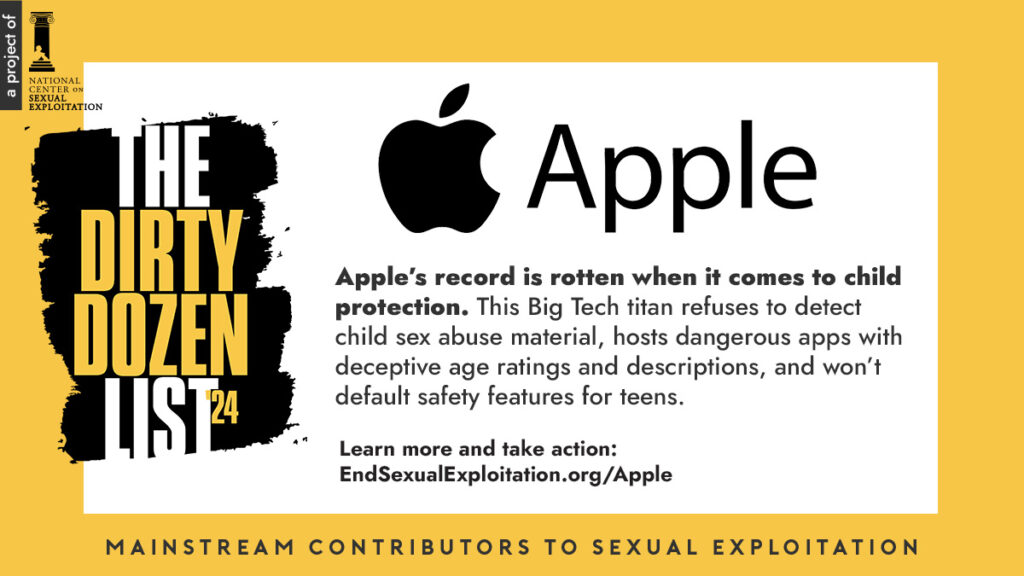At 12-years-old, despite her parents’ objections, Chelsea (pseudonym) made an Instagram account, easily fudging her real birthday to meet Instagram’s age requirement. But things quickly went south.
Not long after downloading the app, a sexual predator found Chelsea and pretended to be romantically interested in her. He manipulated and groomed her to gain her trust, which he then leveraged to convince her to send sexually explicit images.
After sending these images, the predator began requesting more and more, threatening her if she refused: he would kill her friends and family, he knew where she lived. He even forced her to turn over her password so he could use her account to lure other kids into his criminal web.
This is sextortion.
Sextortion is the use of sexual images to blackmail the person depicted in those images. It often encompasses a financial element as well, where predators demand money, threatening to publish explicit images of children if they do not comply. While an extremely pervasive problem, tech companies are seldom doing enough to prevent it.
“Instagram makes billions of dollars from kids like my daughter using their platform. They owe our kids better protection,” said Chelsea’s mom.
On Tuesday, in honor of Safer Internet Day, NCOSE and the End Online Sexual Exploitation and Abuse of Children (End OSEAC) Coalition hosted an issue briefing regarding sextortion. The briefing aimed to inform legislators about the pervasiveness of sextortion, the vast network of perpetrators, and the urgent need to put a stop to it.
“The Largest Blackmail Operation in Human History”
Sextortion is not just one bad apple slowly and randomly trying to scam children. It’s an organized criminal enterprise that cherry-picks vulnerable child users on social media to manipulate, threaten, and, in some cases, drive to take their own lives.
Harrison Haynes, a survivor of sextortion who presented at the webinar, cited research that found thousands of Instagram accounts involved in sextortion were linked to only 20-25 individuals. This is not just scattered, ad hoc events—it is the operation of a highly organized criminal network.
“It’s the largest blackmail operation in human history,” said Paul Raffile, a data analyst who focuses on financial sextortion.
These criminals threaten not only to leak intimate images of children they’re extorting, but to “ruin their lives” too.
“There’s an entire script, an entire playbook of the threats they will use to coerce these kids once they have them hooked,” said Raffile. Threats play on the things these children and teens value heavily, like telling them they’ll lose their scholarship or be expelled from school. Ironically, they even threaten to frame the kids as predators, saying they’ll tell people they were sending the sexually explicit images to a kid.
“Unfortunately, this is why a number of teens are choosing to end their lives when they’re victimized by this scam,” Raffile said.
Major Perpetrators of Sextortion: Cash App, Instagram, Snapchat, Apple
Cash App:
Cash App is the foremost digital payment platform for teens, even surpassing Venmo and PayPal in popularity. However, it is also the most common channel by which predators solicit payments for exploitation, like sextortion and sex trafficking.
“Cash App is riddled with design flaws that allow exploitation to flourish. The ease of bypassing age verification coupled with weak oversight protocols has really rendered this platform a dark playground for scammers and predators,” said Haley McNamara, Senior Vice President at NCOSE.
According to data collected by Thorn and NCMEC, up to 40% of “predator-related chats” reviewed by researchers mentioned Cash App.

Cash App defaults users to public-facing profiles and age verification on the platform is not comprehensive, as it does not require corroborating documentation. This easily enables dangerous connections between predators and children.
Although Cash App has made some improvements, including appointing an Anti-Exploitation Program Manager and signing a White House Commitment to combat image-based sexual abuse, McNamara defines these changes as “reactionary.”
“They do not prevent abuse at mass-scale.” She cited the Communications Decency Act Section 230 as a massive roadblock because it essentially provides tech companies blanket immunity to the crimes their platform enables, removing any motivation to reform platform design.
Instagram:
Meta’s Instagram is the #1 platform for sextortion with the availability of follower lists being the primary tactic of leverage against victims. Predators threaten to send nude images of the victim to their followers.
“Let’s think about in terms of real community spaces,” said Haynes. “If we imagine schools or parks or sports teams. If local community members frequently visit these spaces, and they’re [harmful], wouldn’t that community also be responsible for making that change? Digital spaces such as Facebook and Instagram should be treated with the same accountability.”

Haynes said warning labels to alert users of possible exposure to predators or harmful content could be a remedy for this problem. He also suggested safety modules to educate users to identify “red flags” for sextortion attempts.
Snapchat:
Snapchat’s disappearing image feature causes predators to flock there. Because an image supposedly disappears after being viewed, it is the number one medium by which sexually explicit images are transferred in cases of sextortion. We know, however, that image does not always disappear: it can be screenshotted, downloaded, photographed on a third-party device and live on forever.
Shelby Knox, Director of Tech Accountability Campaigns at Parents Together, pointed out Snapchat’s blatant neglect to address sextortion: “Internal documents revealed in a lawsuit showed that Snapchat intentionally and systematically ignored 10,000 user reports of sextortion every month.”

On internal communication stated, “By design, over 90% of account level reports are ignored today and instead, we just prompt the person to block the other person.”
“To be clear, that is sometimes telling a child to block the person that is sexually exploiting them,” said Knox. In other words, Snap is putting the onus on kids to understand what actions to take when they are in the thick of being exploited and enduring high levels of distress.
Snap has continuously invested millions in platform features to keep kids on the app for longer and run misleading ad campaigns to convince parents into thinking their platform is safe for children.
Apple:
Even if a child blocks their exploiter on Instagram, Snapchat, or any other social media platform, these predators often harass them on iMessage. Predators can torment children from multiple phone numbers or through FaceTime.
What’s worse: Apple has no way for users to report that they being exploited on iMessage or iCloud.

“There are even less protections in iMessage than there are on any of the platforms mentioned. Apple needs to get in the arena and make sure that reporting is available to kids across the globe,” said Sarah Gardner, CEO of Heat Initiative.
Despite efforts by advocates to encourage tech companies to make comprehensive safety reforms to protect users, they have only made surface level changes and, instead, funneled money into preventing Congress from taking any action that would force them to do so.
It requires mobilization from activists and supporters, like you, to put an end to this problem. Our children are depending on us, and we must do better.
As Raffile put it, “Criminals and platforms are organized; we have to be too.”
Resources & Further Reading
Below is a list of additional resources and reading materials on the topic of sextortion:
- “A Digital Pandemic: Uncovering the Role of ‘Yahoo Boys’ in the Surge of Social Media-Enabled Financial Sextortion Targeting Minors (National Contagion Research Institute)
- NCMEC’s Guide on Sextortion & What to do if it Happens to You
- NCMEC’s Take it Down Program
- Social Media Sexual Exploitation Prevention & Response (Parents Together)
- What is Sextortion? A Prevention and Response Guide for Families (Protect Young Eyes)
- What to do if Your Child is the Victim of a Sextortion Scam (Bark)



